It’s a new month and Penny’s back with some delicious morsels of fundraising advice…
(Find tips 1-8 and 9-16 in the archives.)
17. Personalized communications get a better response.
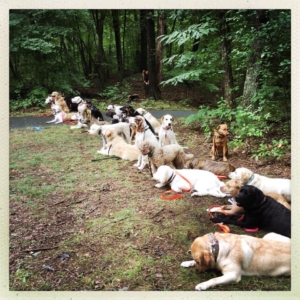
If I want the best chance that Penny will listen to me and do as I ask, I use her name. Occasionally, she’ll respond if I just whistle and say, “Let’s go.” But the likelihood is much higher if I say, “Penny, let’s go.”
Not surprisingly, your donors are most likely to respond to communications that are personalized to them. Use their name; none of this “Dear Friend” business! But also use other things you know about them, like the date of their first gift or their preference for only being mailed to once a year.
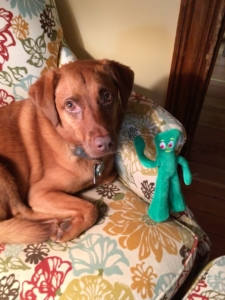 18. Everyone loves a treat.
18. Everyone loves a treat.
Like her momma, Penny loves a tasty treat. What we consider tasty does differ some though. She likes her bully sticks while I’d prefer ice cream or just about any baked good.
What kind of treats are you giving your donors? Unprompted “thank you” calls? Notes to say you’re thinking about them? A news article on something you know they care about? The options are almost limitless. Though I wouldn’t advise a bully stick!
19. Loyalty deepens over time.
 Dogs are pack animals—loyal by nature. But the depth of that loyalty changes over time. The longer I have Penny, the more connected she is to me. And vice versa.
Dogs are pack animals—loyal by nature. But the depth of that loyalty changes over time. The longer I have Penny, the more connected she is to me. And vice versa.
In a similar vein, the longer a donor stays with you, the more likely they are to stick with you for the long haul. This is why your chances of getting a third gift are significantly greater than getting a second gift. Put in the work on the front end to make sure your supporters feel like a valued part of your mission. Focus on the three hallmarks of donor loyalty—satisfaction, commitment, and trust. Do this well and you’ll have donors for life.
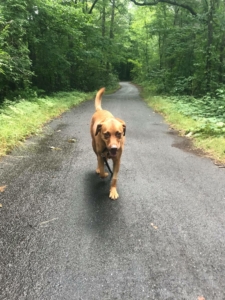 20. When in doubt, go outside.
20. When in doubt, go outside.
Sometimes Penny will seem to need something and I won’t be able to figure out what it is. After failing to crack the code, I’ll often just take her outside for a few minutes. A quick sprint behind the house usually resets her and when we come back inside, she’ll settle in.
If you’re stuck on a project or have a long day of meetings, take time to go outside. Moving around and getting some fresh air will get your creative juices flowing and keep you mentally alert. Hour after hour in front of your computer or in a conference room isn’t a recipe for doing your best work.
21. You get what you give.
I don’t believe there are any bad dogs. Almost any behavioral problems you’ll find in a dog are the result of human error, whether intentional or not. You can only expect dogs to be as good as the time and attention they get from their humans.
Similarly, you can only expect donors to be as loyal, satisfied, and committed as the time and attention they get from your organization. And based on the average donor retention rates in the nonprofit sector, they aren’t getting nearly enough! It doesn’t matter how deserving your mission may be; no one owes you a donation. You have to earn it. Every time.
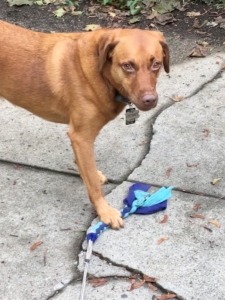 22. Frequent communication keeps you top of mind.
22. Frequent communication keeps you top of mind.
When Penny is off leash running in the woods, I call her back to me throughout the hike. I want her to remember where I am and reinforce that if I call her, she needs to come to me. I also don’t want the only times I call her to be when I’m going to put on leash and end her playtime. With that association, she’ll never come back to me!
Being in regular communication with your supporters is critical. You want them to understand how important they are to your mission. And not just for their money! Make sure you’re reporting back often on all the amazing things they made possible. If you’re only in touch when you want something from them, like a donation, they’ll stop coming back.
23. Ask for what you need.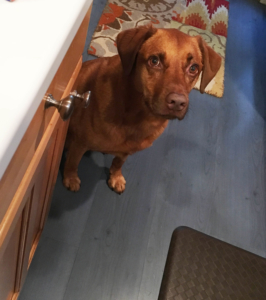
Dogs aren’t shy about asking for what they want. If Penny knows one of her friends is outside, she’ll bark to go say hi (read: sniff butts). If she just longingly looked out the window, I likely wouldn’t even notice. This doesn’t mean she’ll always get what she wants, but she’s asking.
Your supporters won’t understand your needs unless you clearly communicate them. Assuming people will know you’d like them to make a gift is never going to be as effective as asking. If that’s not comfortable for you, it’s okay. A lot of us start out nervous. Your job is to get to the bottom of that fear and face it head on. To quote the one and only Kim Klein, “Your belief in your mission has to be greater than your fear.” And no, you won’t always get what you want, but your job is to ask.
 24. Be driven by love.
24. Be driven by love.
Dogs are a constant reminder to lead with love. From the moment you walk in the door, they’re all about the love. Their desire to love and be loved is one of the two main drivers of everything they do. (The other is food; I can’t fault them for that.)
Philanthropy means, etymologically, the love of humanity. Your commitment to this work must be rooted in a genuine desire to make the world a better place. When that’s where you start from, it offsets the struggles and challenges that come with fundraising and development. If you start to lose sight of your passion, it’s time for a vacation. Or at least a mental health day. You can’t do your job effectively if you’re not driven by love. And food also helps.


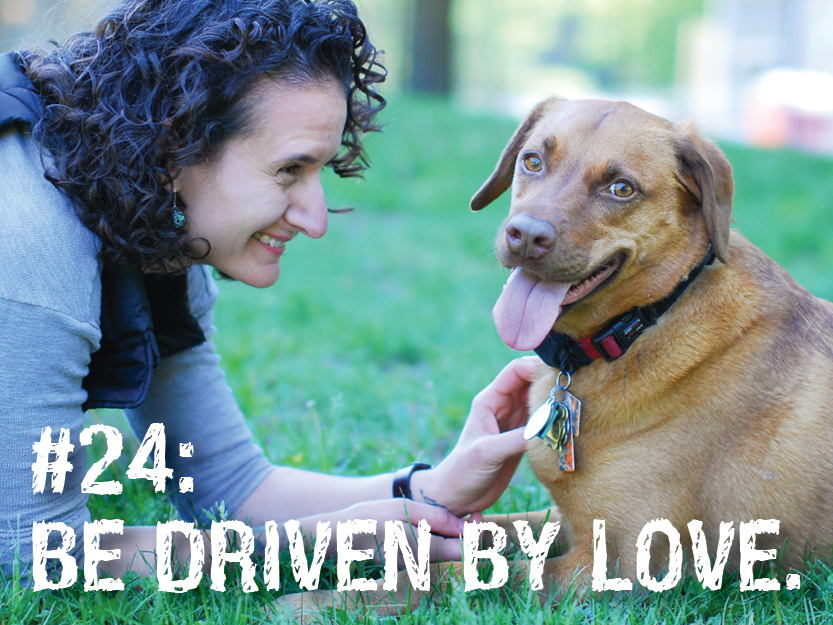

Once again, Tina, terrific post through the wisdom of Penny! What most of your points speak to is simply connection, the connection that we all – us, dogs, and donors – crave. Thanks.
This website was… how do you say it? Relevant!! Finally I’ve found
something that helped me. Cheers!